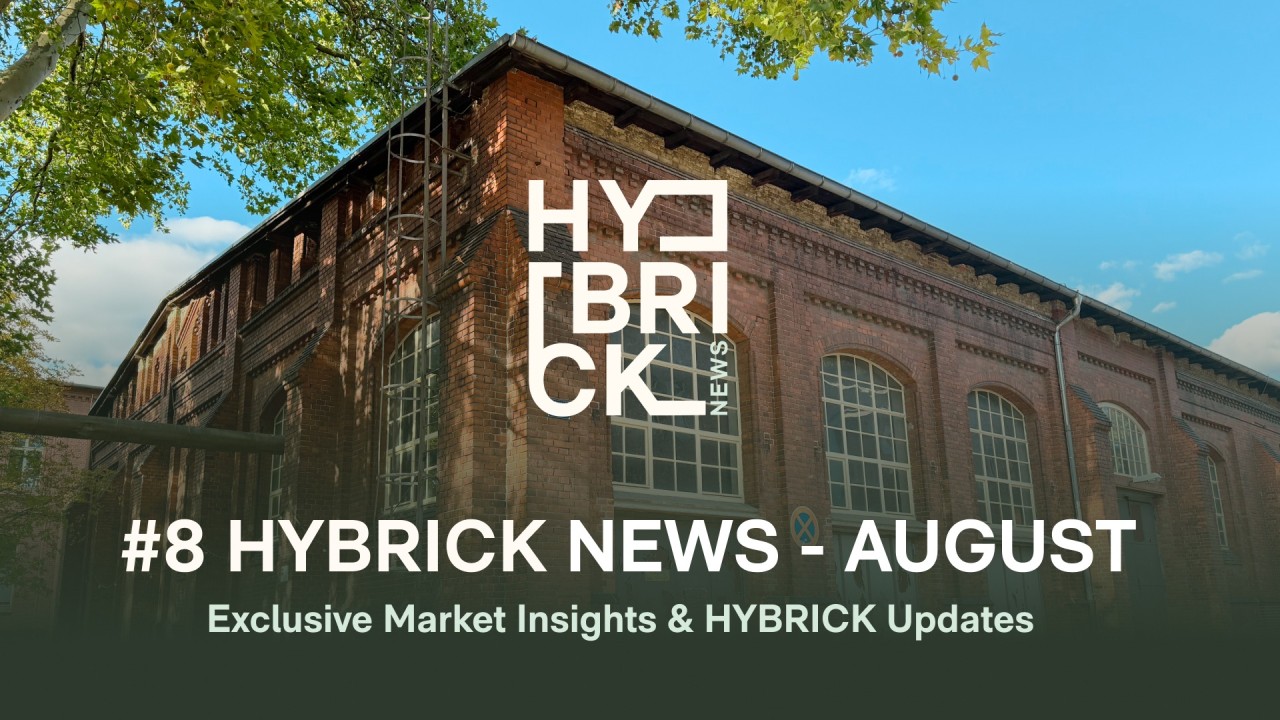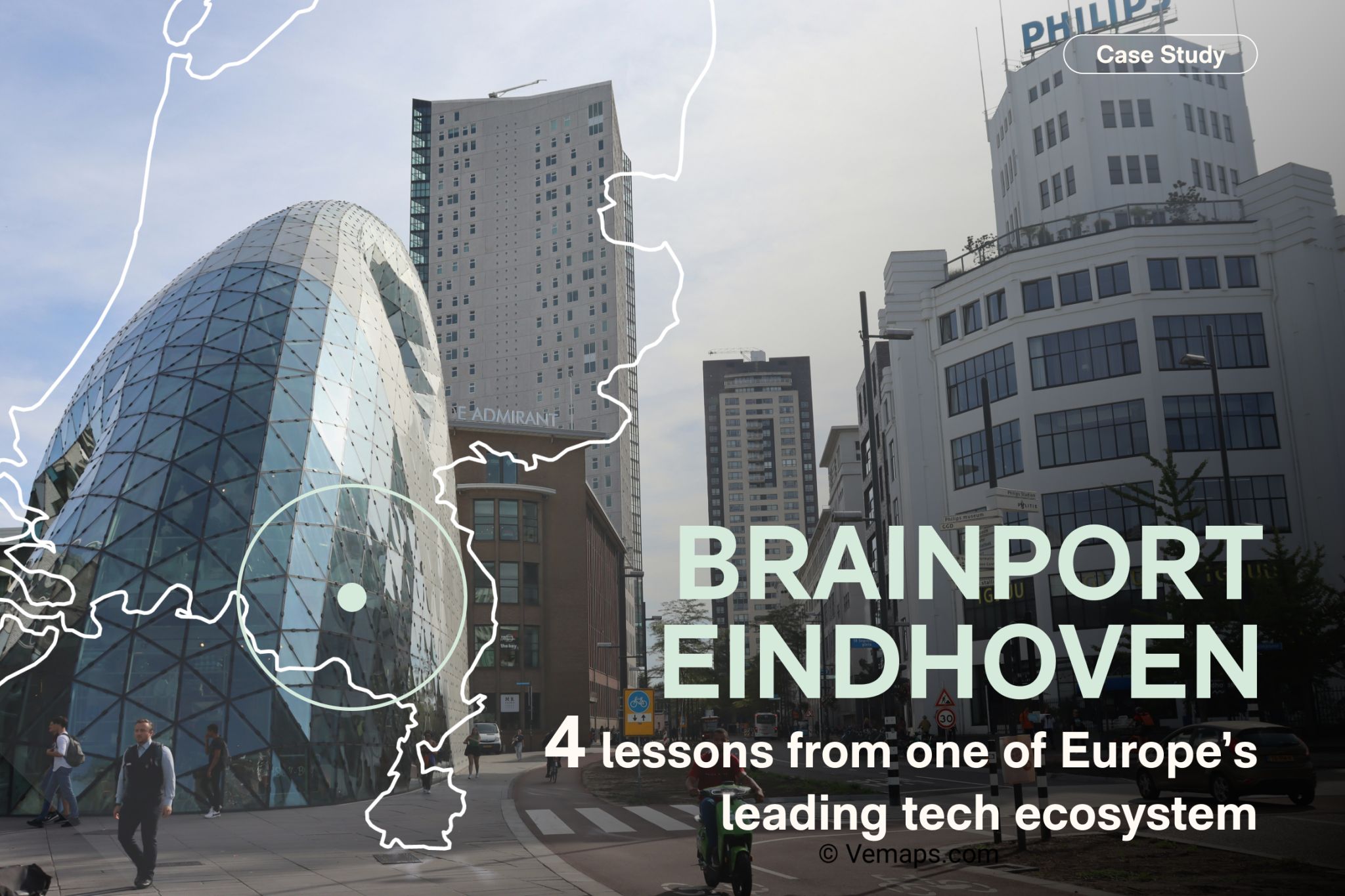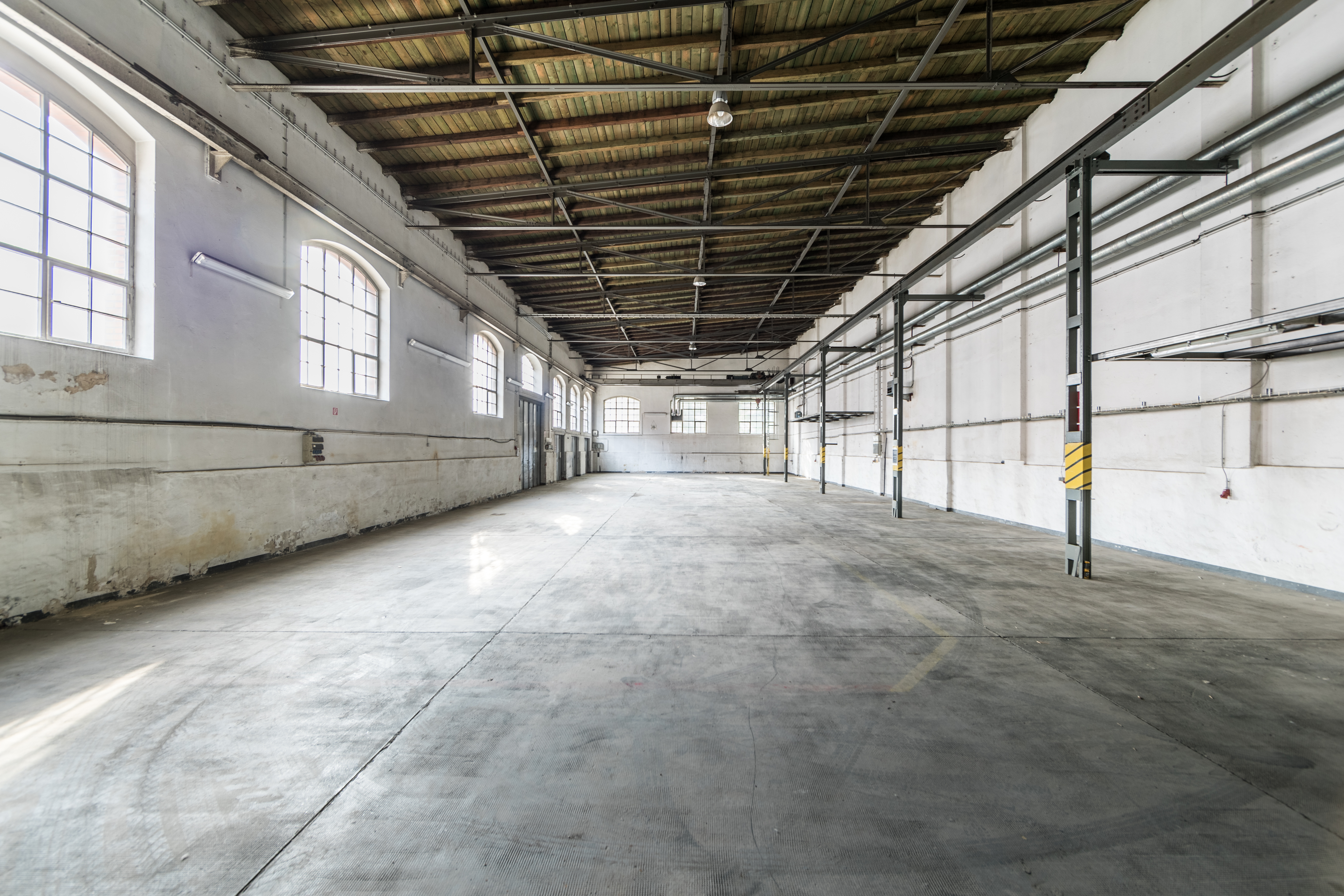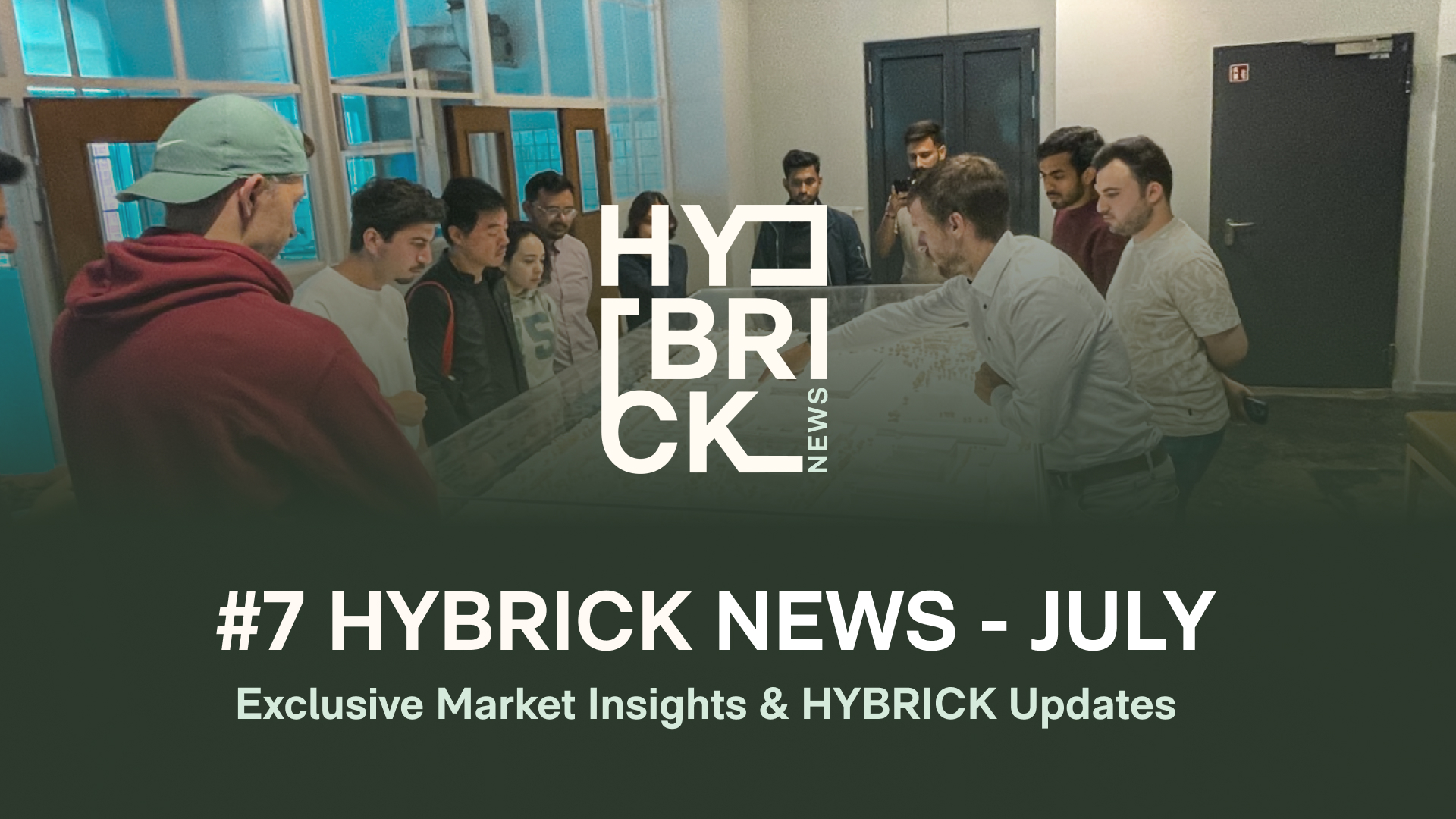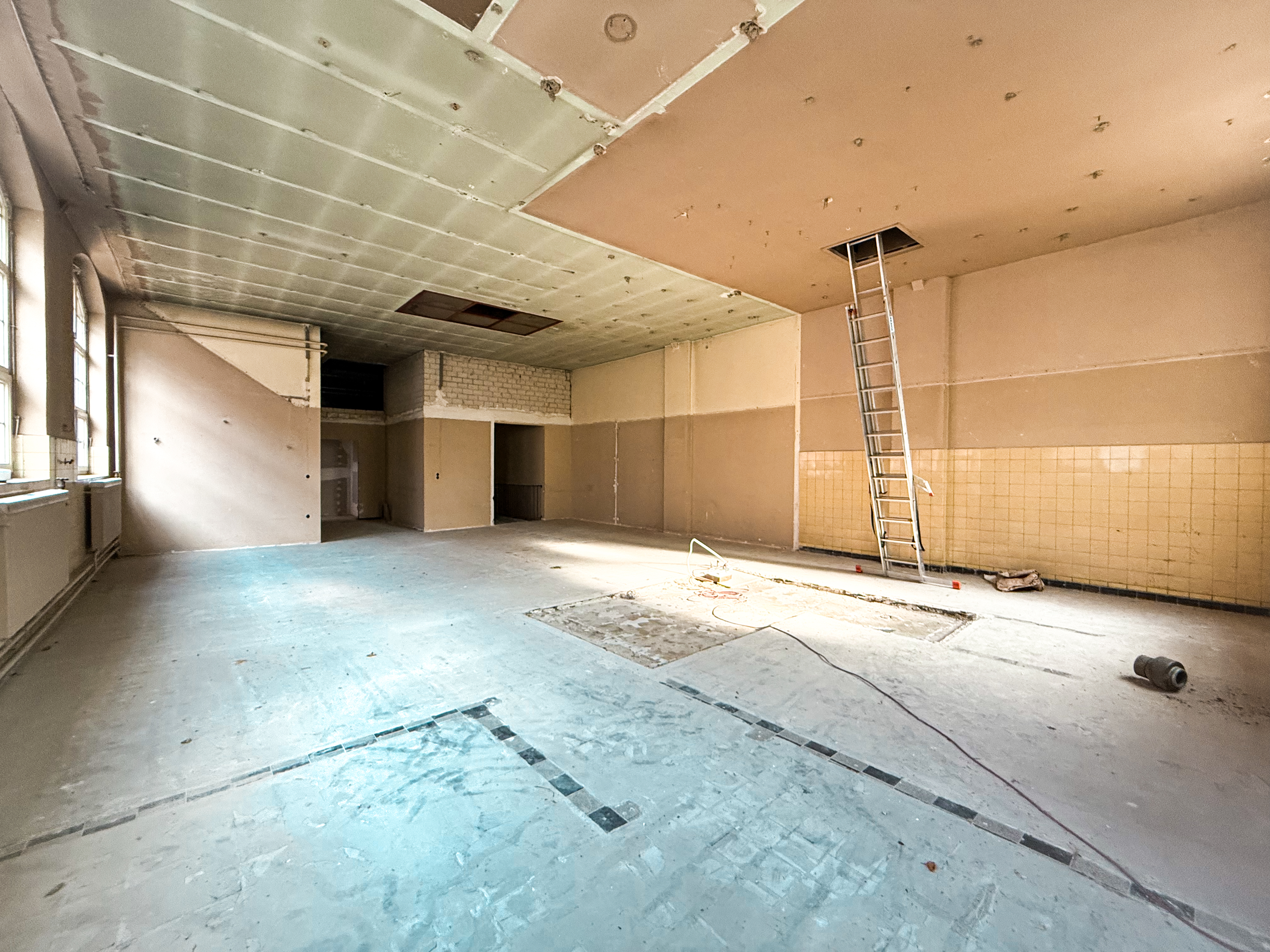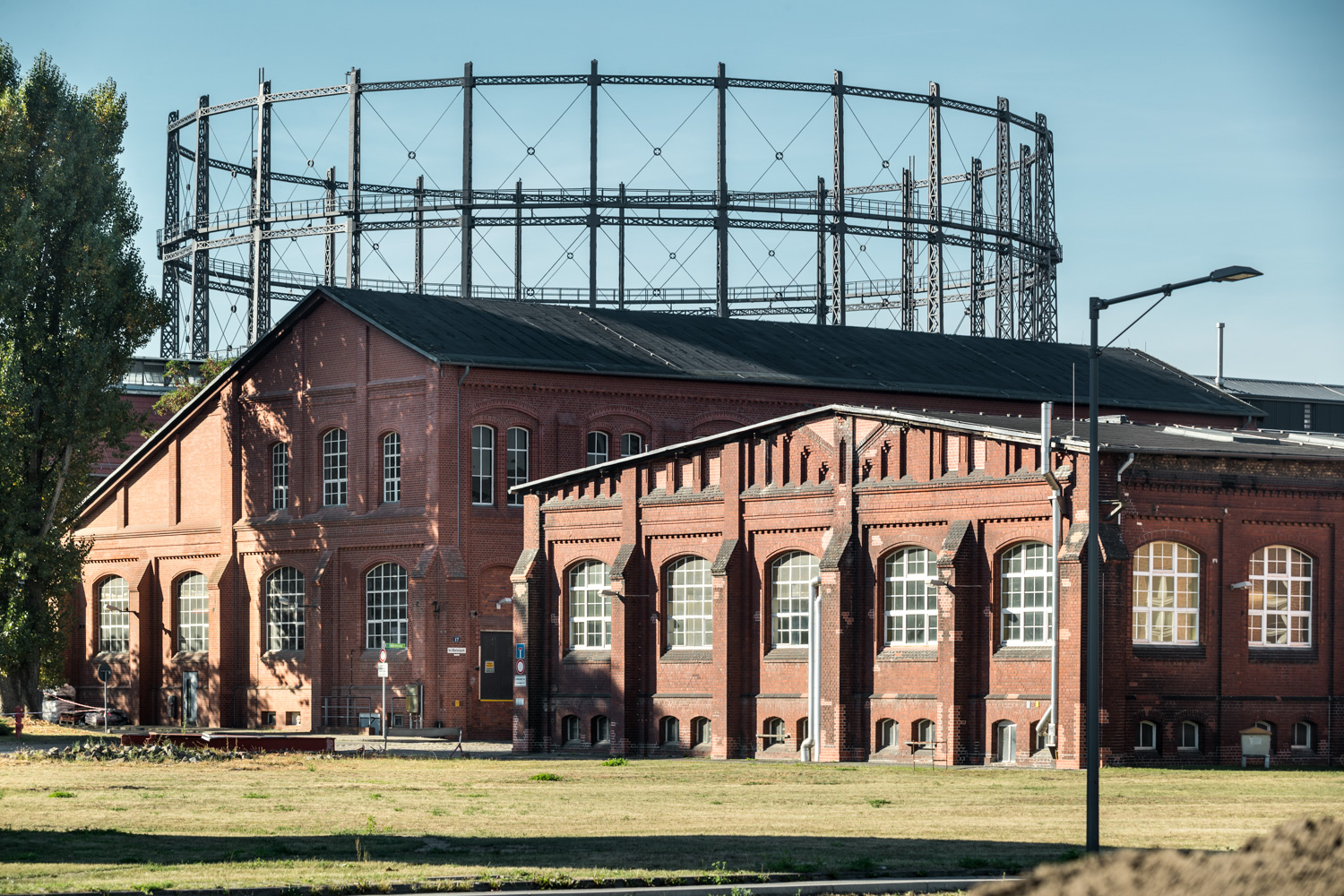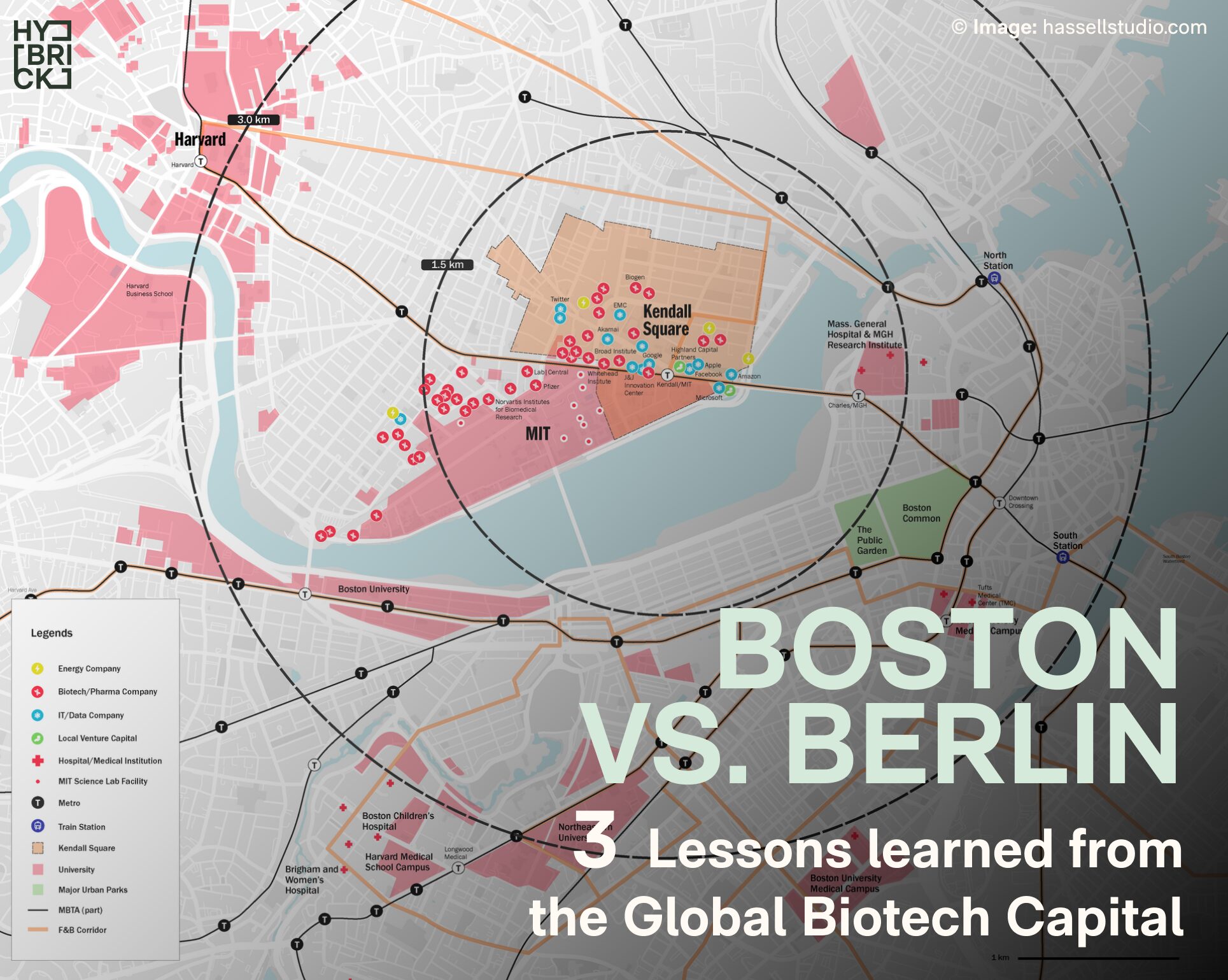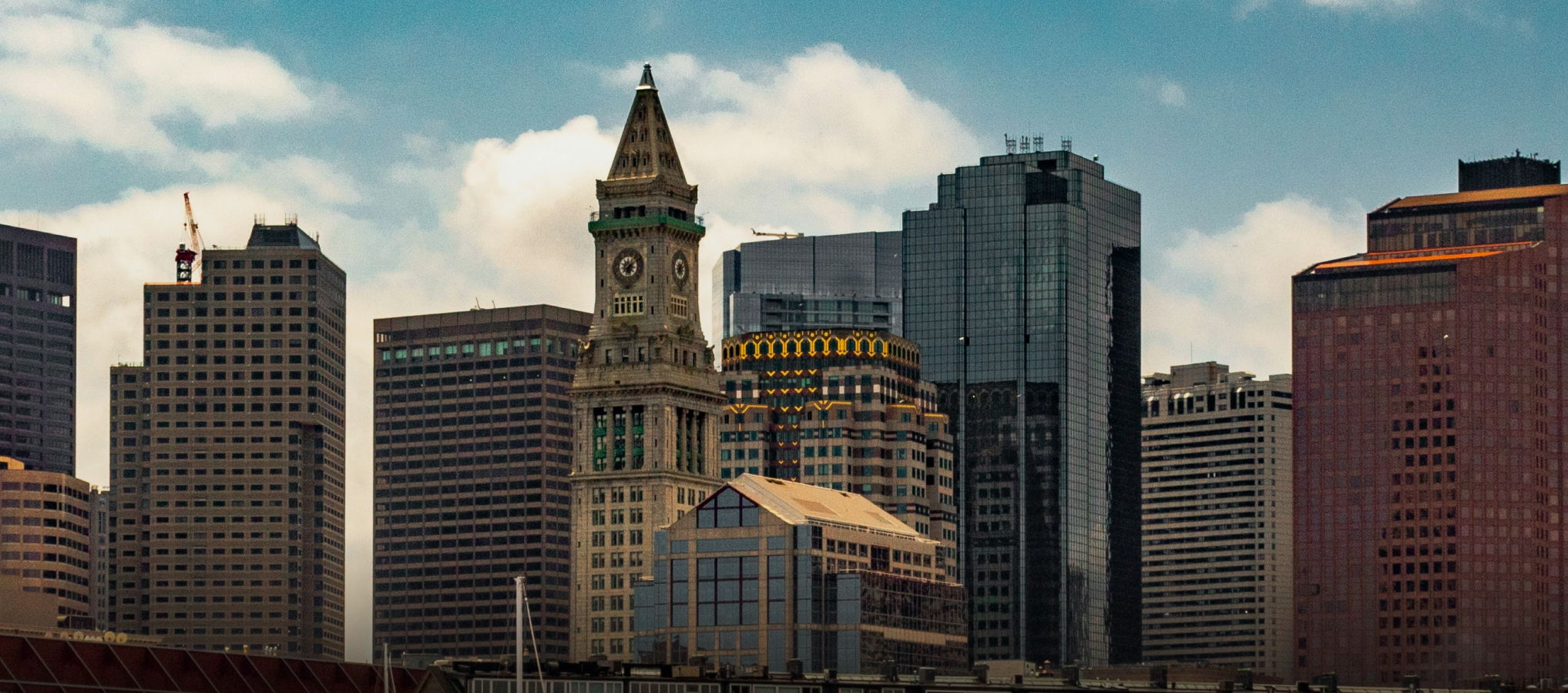Hybrick in september
Monthly Recap
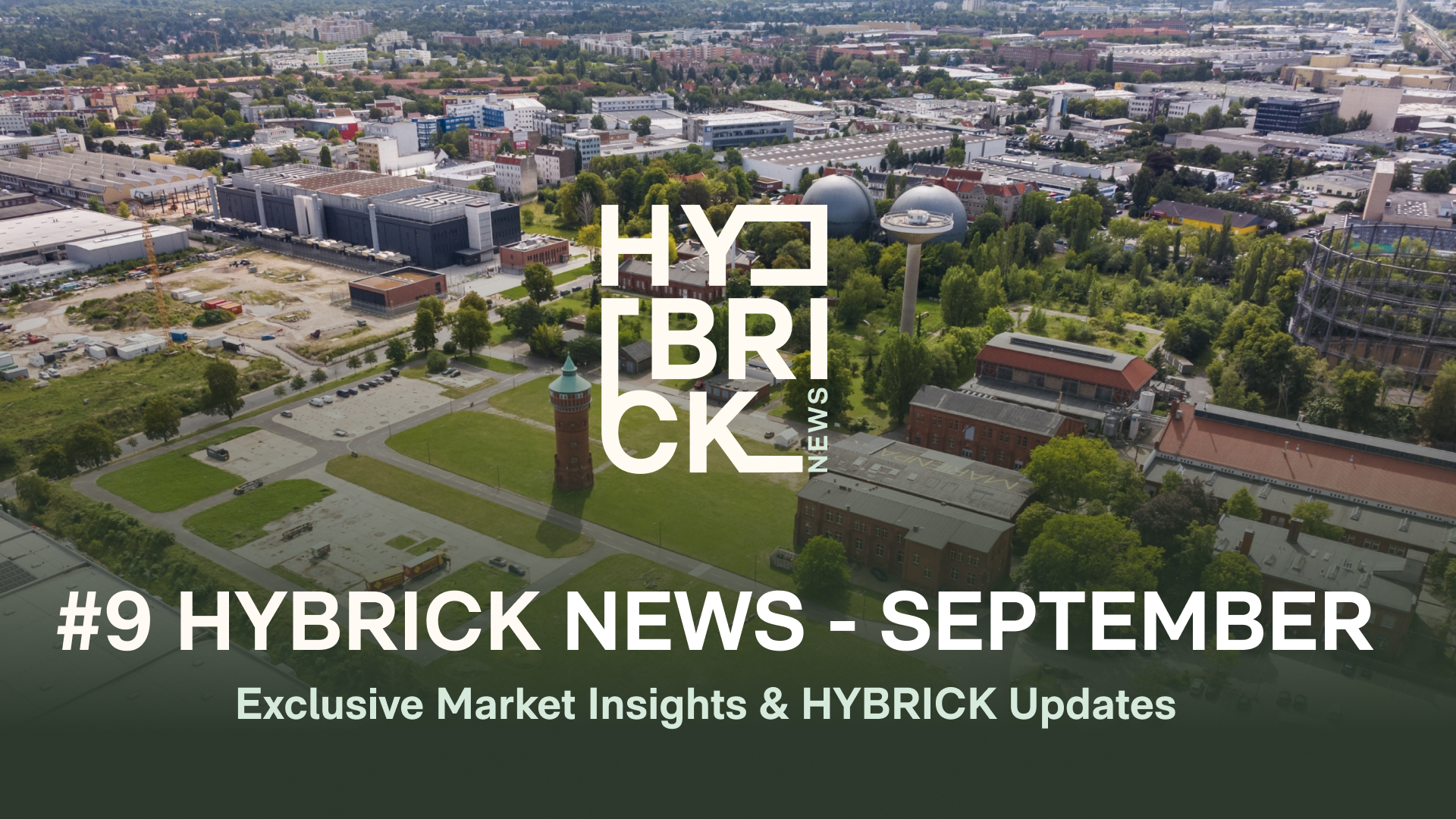
Foto: Marienpark
Dear HYBRICK Community,
In September, we set important milestones: the official cooperation with ringberlin for South Berlin’s innovation district, new workshop units for hardware-driven startups, and insights into successful tech ecosystems. We also came together personally – at Oktoberfest in Munich with our team, Investa, and partners.
In our current newsletter, you’ll find:
FLEXIBLE. CREATIVE. COLLABORATIVE: We’re launching the “Workshops” for hardware-driven startups
DEEP-TECH-CLUSTER-ANALYSIS: Four exciting insights about Brainport Eindhoven
NEW COOPERATION: ringberlin and Marienpark Berlin on the path to becoming a #Zukunftsort
O’ ZAPFT IS: HYBRICK at Oktoberfest
Visit our website for further insights or get in touch with us directly. We look forward to an equally productive October with continued project progress.
Best regards
Your HYBRICK Team
FLEXIBLE. CREATIVE. COLLABORAIVE
We’re launching the “Workshops” for hardware-driven startups
Next to our Launch Labs in the historic IM16 building, three independent workshop units are taking shape—purpose-built for hardware-driven startups that require office and production space under one roof:
144–174 m² of flexible space per unit that seamlessly integrates workspace and production areas
Multi-level room-in-room modules enabling flexible expansion from 117 m² to up to 647 m² total
Transparent structures fostering communication, collaboration, and cross-team inspiration
Whether you need Launch Labs (lab + office) or workshop units—both formats enable small teams with big ideas to start compact and scale on our campus as they grow.
Possible Move-in: Q2/2026
Learn more about the new workshop units.
DEEP-TECH-CLUSTER-ANALYSIS
Four exciting insights about Brainport Eindhoven
What makes tech hubs successful? As part of Marienpark Berlin, we analyze thriving clusters to understand what works.
Brainport Eindhoven deserves closer examination: €2.5 billion in government investment (2024), #7 globally in startup ecosystems, home to ASML, NXP Semiconductors, and Signify.
Our four key insights:
Complete value chain in one place: The High Tech Campus consolidates 240 companies and 13,000 researchers on 1.3 km²—spanning fundamental research to large-scale manufacturing.
A triple helix that works: Government, industry, and science collaborate closely. The Brainport Partner Fund invests €219 million strategically in infrastructure, talent development, and equal opportunity.
Global talent, local ecosystem: Ranked 3rd worldwide in patents per resident, 150+ nationalities, 90% speak English—thinking globally, building locally.
Long-term vision with measurable milestones: Initiatives spanning 15-20 years build sustainable research capacity, infrastructure, and deep tech as well as life science frameworks.
The bottom line: Successful deep tech ecosystems require sustained government support, shared industry investment, and geographic concentration. Principles we consider essential for Marienpark Berlin as well.
Read the full cluster analysis on Brainport Eindhoven.
NEW COOPERATION
ringberlin and Marienpark Berlin on the path to becoming a #Zukunftsort
Together with Matthias Menger (CEO ringberlin) and Christian Meine (CEO Marienpark Berlin), a 400,000m² innovation district is taking shape where science, business, technology and creativity converge.
What’s already in place:
MotionLab.Berlin is building Europe’s largest makerspace (17,000 m²) on the ringberlin campus for prototyping and production, focused on hardware and deep tech.
Real-world testing environments like the Human Centered Security Lab and the Circular Construction Living Lab enable companies to validate innovations under real conditions.
Strong community with partners including KI Park, Handwerkskammer Berlin, DATA2HEAT, MGA Mobility, BIZH, Forschungscampus Mobility2Grid, and BrewDog Brewery—fostering cross-industry knowledge exchange.
HYBRICK is developing hybrid lab and production spaces for life science and hardware-intensive tech companies at different growth stages.
The vision: A leading innovation hub where openness, collaboration, and experimentation shape the culture—an ecosystem that’s explorable today and will continue to grow.
Learn more about the cooperation and South Berlin’s innovation district.
O’ ZAPFT IS
HYBRICK at Oktoberfest
Last week, our team, colleagues from Investa, and business partners gathered for the traditional Oktoberfest at the historic Schottenhamel Festhalle.
In a relaxed atmosphere, we had the opportunity to connect beyond the day-to-day and celebrate together.
Moments like these strengthen the personal connections that form the foundation for successful collaboration.
Thank you to everyone who joined us.
WHAT’S NEXT?
We’ll keep you updated.
Thank you for your interest in the HYBRICK newsletter. We look forward to your feedback, suggestions, and ideas. Feel free to schedule a meeting with us anytime.
Want to learn more? Click here.
